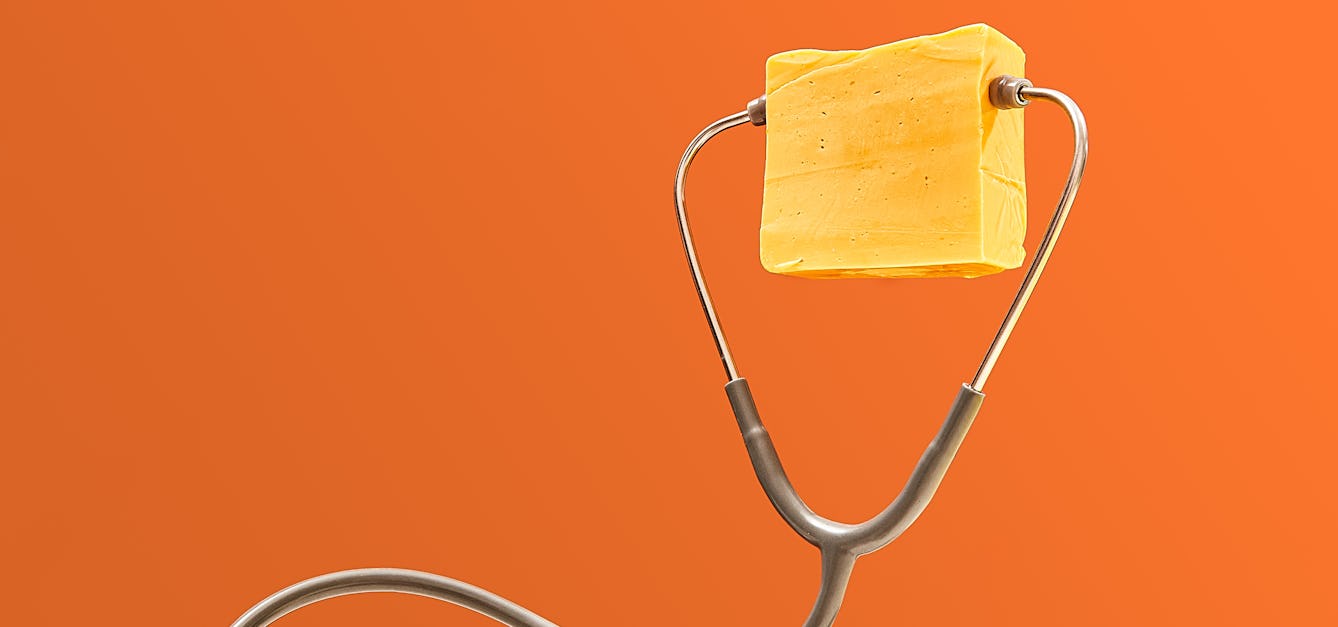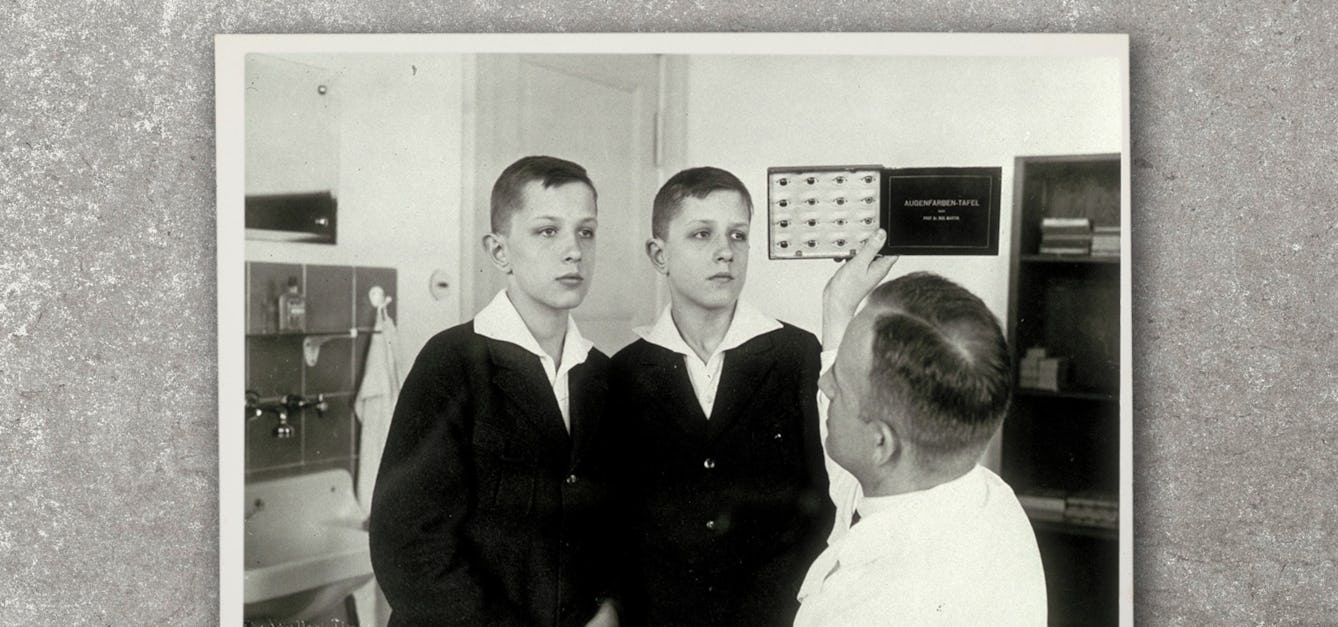Stories

- Article
Between sickness and health
In early 2020, the subject Will Rees was studying – imaginary illnesses – took on a new relevance as everyone anxiously scanned themselves for Covid symptoms each day. But this kind of self-scrutiny is nothing new, as he reveals.

- Article
The family food of a kebab van man
Melek Erdal celebrates the physical and mental resilience of her father Yusuf, forged by isolation and dislocation, and reinforced by the distinctive cuisine of his home country, Turkey.

- Article
What Black women do when the NHS fails them
Sabrina-Maria Anderson explores misogynoir – hatred of Black women – within the NHS, and how women like her are consequently turning to other sources of medical support.

- Article
A history of twins in science
For thousands of years, twins have been a source of fascination in mythology, religion and the arts. Since the 19th century, they have also been the subject of scientific study and experimentation.
Catalogue
- Archives and manuscripts
Nutrition
Date: 1934-1950Reference: SA/SMO/R/18/1-36Part of: Society of Medical Officers of Health- Books
The last plague : Spanish influenza and the politics of public health in Canada / Mark Osborne Humphries.
Humphries, Mark Osborne, 1981-Date: 2013- Books
Enabling data linkage to maximise the value of public health research data : summary / Public Health Research Data Forum.
Date: [2015]
- Books
- Online
Report on the milk supply of Finsbury, 1903 : a special report ordered to be printed by the Public Health Committee / by George Newman.
Finsbury (London, England). Public Health Committee.Date: 1903- Archives and manuscripts
Society of Medical Officers of Health
Society of Medical Officers of HealthDate: 1856-1998Reference: SA/SMO




![A nurse with one finger raised and the message: 'Wer's im Urlaub ohne treibt, ist im Kopf nicht ganz gescheit' [Whoever goes on holiday unprepared is not clever in the head]; an advertisement for safe sex by the Authority of Labor, Health and Social Affairs, Hamburg and the Office of Public Health - Health Promotion / AIDS. Colour lithograph by Transglobe Black Box and DMB&B.](https://iiif.wellcomecollection.org/image/b16744561_l0053964.jp2/full/282%2C/0/default.jpg)
![A man with a moustache points his finger with the message: 'Ohne gummi auf den Strich, so was tut Mann lieber nicht! [Without rubber/condoms on the streets, so what do men prefer no to!]; an advertisement for safe sex by the Authority of Labor, Health and Social Affairs, Hamburg and the Office of Public Health - Health Promotion / AIDS. Colour lithograph by Transglobe Black Box and DMB&B.](https://iiif.wellcomecollection.org/image/b16744597_l0053965.jp2/full/282%2C/0/default.jpg)



